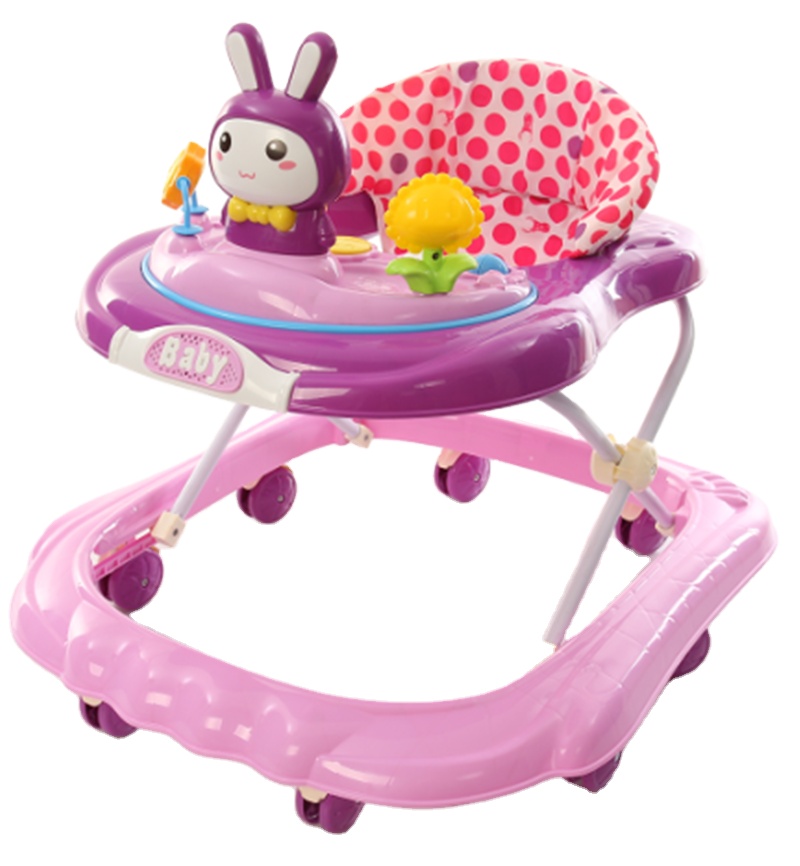Choosing the Right Sit to Stand Walkers for Toddlers Development and Safety
The Importance of Sit-to-Stand Walkers for Toddlers
As children reach their early developmental stages, the transition from sitting to standing and ultimately walking is a significant milestone in their growth. Among the various tools available to aid in this process, sit-to-stand walkers have gained popularity among parents and caregivers. These walkers not only provide support as toddlers learn to balance on their feet but also encourage essential motor skills and independence. In this article, we will explore the benefits, features, and considerations of using sit-to-stand walkers for toddlers.
Understanding Sit-to-Stand Walkers
Sit-to-stand walkers are designed to assist toddlers in transitioning from a seated position to standing and walking. Typically featuring a sturdy frame, these walkers allow children to pull themselves up from a sitting position, providing them with the stability they need to take their first steps. Many models include a variety of interactive features such as buttons, lights, and sounds, making the experience enjoyable and engaging for young children.
Benefits of Sit-to-Stand Walkers
1. Encouragement of Motor Skills Sit-to-stand walkers help develop gross motor skills by encouraging children to practice standing and walking. These walkers promote the strengthening of leg muscles and improve balance as toddlers learn to navigate their environment while supported.
2. Independence and Confidence As toddlers use walker's support to stand and move, they gain a sense of independence. This newfound ability can boost their confidence as they explore their surroundings, motivating them to take more steps and engage in active play.
3. Cognitive Development Many sit-to-stand walkers incorporate educational features that stimulate cognitive development. Through engaging in interactive play, toddlers can improve their hand-eye coordination, problem-solving abilities, and even learn basic cause-and-effect concepts.
4. Safety Sit-to-stand walkers provide a safe way for toddlers to practice standing and walking without the hazards of falling onto hard surfaces. With their sturdy design, they offer the necessary support to prevent injuries during this critical learning phase.
Key Features to Look For
toddler sit to stand walkers

When selecting a sit-to-stand walker, it's essential to consider several features
- Stability and Support The walker should be sturdy enough to support the child's weight while providing balance during standing and walking. Look for models with a wide base to enhance stability.
- Adjustability Choose a walker that can be adjusted in height to accommodate your child's growth. This feature ensures that the walker remains useful as your child matures.
- Interactive Elements Engaging toys and activities can hold a toddler's attention and promote cognitive development as they play. Look for walkers that feature colorful designs, sounds, and lights.
- Portability A lightweight walker that can be easily moved and stored is beneficial for parents. This allows for seamless transitions between rooms, promoting active play in different spaces.
Safety Considerations
While sit-to-stand walkers are generally safe, some precautions should be taken to ensure the child's well-being. Always supervise your child while they are using the walker to prevent accidents. Avoid using walkers on stairs or uneven surfaces, as this can pose safety risks. Additionally, it is crucial to adhere to the manufacturer's age and weight guidelines to ensure the walker is appropriate for your toddler.
Conclusion
Sit-to-stand walkers can play a vital role in a toddler's development by promoting motor skills, independence, and confidence. When selecting a walker, consider its features, safety, and suitability for your child. By providing the right tools and support, parents can help their toddlers navigate the exciting journey of standing and walking, setting a foundation for future physical activities and exploration. As with all developmental tools, moderation and supervision are key to ensuring a positive and enriching experience.
-
Kids Electric Motorcycle New Model with Early Education Baby Car – A Fun and Educational Ride for Young ExplorersNewsJul.08,2025
-
Kids battery power car baby four-wheel off-road vehicle children electric toy carNewsMar.07,2025
-
New Hot Design Factory Wholesale Light Weight Small Folding Size Baby StrollerNewsMar.07,2025
-
2022 newest factory boys and girls powerful battery operated 4-wheel ride on electric carNewsMar.07,2025
-
2022 newest factory boys and girls powerful battery operated 4-wheel ride on electric carNewsMar.07,2025
-
Kids battery power car baby four-wheel off-road vehicle children electric toy carNewsMar.07,2025
